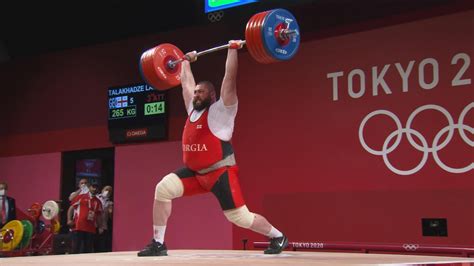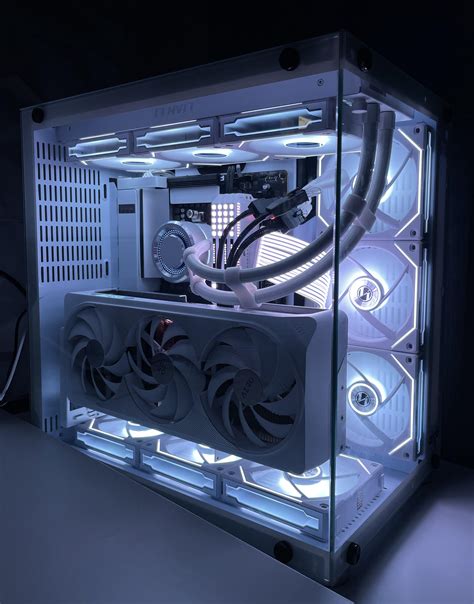How to break workout plateaus for peak strength and hypertrophy gains?

Every dedicated lifter eventually faces the frustrating wall of a workout plateau. You’ve been making consistent gains, pushing heavier weights, seeing your muscles grow, and then suddenly, progress grinds to a halt. This isn’t a sign of failure; it’s a natural physiological response to adaptation. Your body has become efficient at handling the demands you’ve been placing on it, and to continue growing stronger and bigger, you need to introduce a new stimulus. Breaking through these plateaus is crucial for anyone aiming for peak strength and hypertrophy gains.
Understanding the Plateau Phenomenon
Workout plateaus occur when your body adapts to the training stimulus it regularly receives. Initially, your muscles, nervous system, and connective tissues respond vigorously to new stress, leading to rapid improvements. However, as you continue with the same routines, the stimulus becomes less novel, and your body’s efficiency increases, leading to a deceleration or complete cessation of progress. Recognizing this adaptive process is the first step toward strategically overcoming it.

Fundamental Strategies to Overcome Plateaus
Successfully breaking through a plateau often involves revisiting and refining the foundational principles of strength training. It’s not always about doing more, but sometimes about doing things differently or more intelligently.
Progressive Overload Reinvented
Progressive overload is the cornerstone of continuous progress, but it’s not just about adding more weight. Consider these variations:
- Increase Reps or Sets: If you can’t add weight, try to perform an extra rep or an additional set at your current weight.
- Decrease Rest Times: Shorter rest periods increase the metabolic stress, challenging your cardiovascular system and muscles differently.
- Improve Form: Strict, controlled movements ensure the target muscles are doing the work, which can feel like a heavier load.
- Increase Frequency: Training a muscle group more often, but with appropriate volume, can provide a new stimulus.
- Increase Time Under Tension: Slowing down the eccentric (lowering) phase of a lift.
Strategic Periodization
Implementing periodization means systematically varying your training program over time.
- Linear Periodization: Gradually increasing intensity (weight) while decreasing volume (reps/sets) over several weeks.
- Undulating Periodization: Varying intensity and volume more frequently, sometimes even within the same week (e.g., heavy day, moderate day, light day).
- Block Periodization: Focusing on specific adaptations in distinct blocks (e.g., a hypertrophy block, followed by a strength block, then a power block).

Optimize Nutrition and Recovery
No amount of training will yield results without proper fuel and rest.
- Caloric Intake: Ensure you’re eating enough calories to support muscle growth and recovery, especially if you’re in a caloric deficit.
- Protein Intake: Aim for 1.6-2.2 grams of protein per kilogram of body weight to facilitate muscle repair and growth.
- Hydration: Dehydration significantly impairs performance and recovery.
- Sleep: Target 7-9 hours of quality sleep per night. This is when your body repairs and grows.
Advanced Techniques for Peak Gains
Once the fundamentals are solid, advanced techniques can provide the extra push needed to shatter stubborn plateaus.
Deload Weeks
A deload week involves intentionally reducing your training volume and/or intensity (e.g., 50-70% of usual load) for a week every 4-8 weeks. This allows your central nervous system, joints, and muscles to fully recover and resensitize to training, often leading to stronger subsequent workouts.
Training Volume and Intensity Modulation
Experiment with changing your volume and intensity significantly.
- High Volume Training: Sometimes, temporarily increasing total sets and reps can provide a new growth stimulus.
- High Intensity Training: Incorporate sets closer to failure or use techniques like RPE (Rate of Perceived Exertion) and RIR (Reps in Reserve) to ensure you’re pushing hard enough.
- Cluster Sets: Performing multiple mini-sets with short rests within a single larger set allows for more reps with heavier weight.

Varying Exercises and Equipment
While consistency is key, swapping out exercises for similar muscle groups can hit the fibers from a slightly different angle, recruiting new motor units. For example, switch from barbell bench press to dumbbell bench press, or back squats to front squats. Incorporating different equipment like resistance bands or kettlebells can also add variety.
Specialized Training Methods
These techniques can provide intense, short-term stimuli:
- Drop Sets: Performing a set to failure, then immediately reducing the weight and continuing with more reps.
- Supersets/Giant Sets: Performing two or more exercises back-to-back with minimal rest, targeting either opposing muscle groups or the same muscle group for increased metabolic stress.
- Rest-Pause Training: Performing a set to failure, resting briefly (10-20 seconds), then performing a few more reps with the same weight.
- Partial Reps: Using a heavier weight for a partial range of motion, often at the strongest part of the lift.
- Tempo Training: Deliberately controlling the speed of each phase of an exercise (e.g., 2 seconds eccentric, 0 pause, 1 second concentric, 1 second pause).

Listen to Your Body and Adapt
Perhaps the most critical aspect of breaking plateaus is cultivating body awareness. Keep a detailed training log to track your weights, reps, sets, and even how you felt during the workout. Look for patterns. Are you consistently feeling drained? Are your lifts stagnating across the board? These could be signs of overtraining or insufficient recovery, not necessarily a need to push harder. Adapt your plan based on data and how your body responds. Sometimes, doing less can be more.

Conclusion
Workout plateaus are an inevitable part of the fitness journey, but they are far from insurmountable. By strategically re-evaluating your progressive overload methods, implementing periodization, prioritizing recovery, and incorporating advanced training techniques, you can provide your body with the novel stimuli it needs to continue growing. Remember to be patient, consistent, and most importantly, listen to your body’s signals to ensure sustainable progress towards peak strength and hypertrophy gains.







